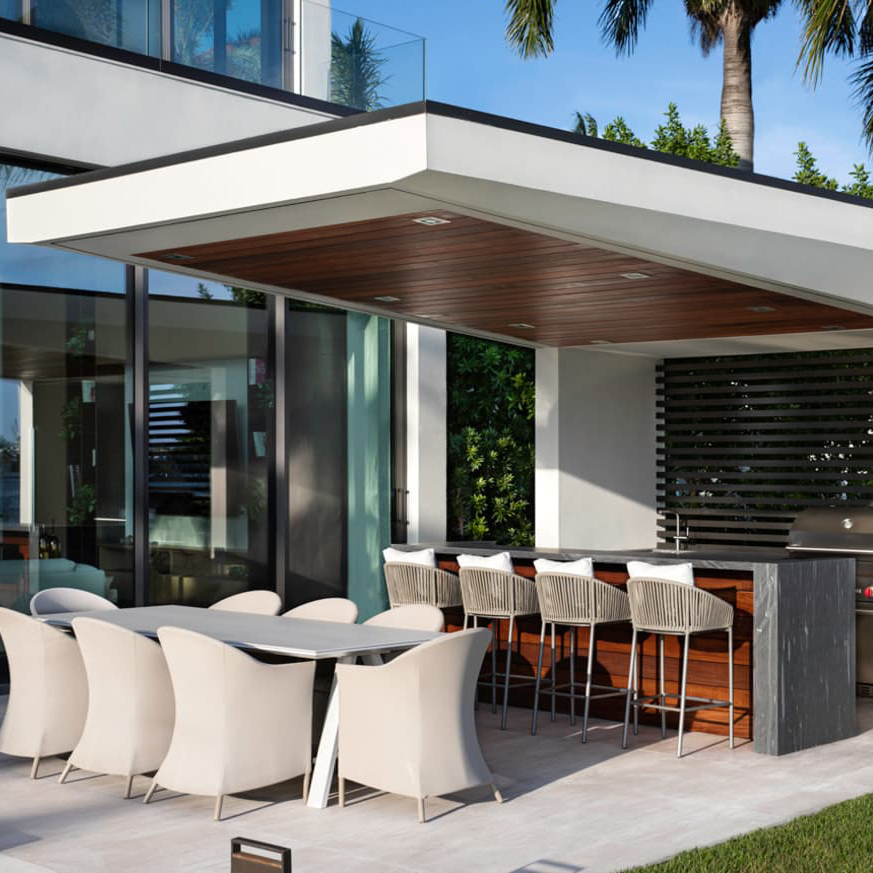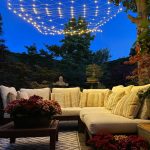
The Importance of Lighting
Lighting has an immense impact on the functionality and aesthetic of any space. Whether it is natural or artificial, the amount, type, and placement of light can drastically change the feel of a room or outdoor area. Proper lighting not only improves visual clarity, but it can also positively affect mood, productivity, and even energy levels.
Different Types of Lighting
There are several types of lighting, each designed for specific purposes. Ambient or general lighting is used to illuminate an entire space evenly. Task lighting, on the other hand, is aimed at a specific area or work surface, like a desk or kitchen counter. Accent lighting highlights specific objects or architectural features in a room. Natural lighting, such as sunlight, provides a wide spectrum of light that can enhance the visual appeal and overall feel of an indoor space.
Artificial Lighting
Artificial lighting comes in various forms, including incandescent, fluorescent, and LED lights. Incandescent bulbs produce warm, yellow light and are commonly found in homes. Fluorescent bulbs produce white light and are often used in office buildings, hospitals, and schools. LED lights, on the other hand, are a more energy-efficient alternative that can provide a long-lasting and versatile lighting solution.
The Beauty of Lighting Design
Lighting design is an art form that involves the use of various lighting techniques to create a desired atmosphere or effect. Lighting designers use a combination of light sources, colors, angles, and intensities to create a visually stunning space that serves a functional purpose. For example, in a restaurant, warm, dim lighting can create an intimate atmosphere, while bright, white lights can make a hospital room feel sterile and clean.
Outdoor Lighting
Outdoor lighting not only adds to the beauty of a property but also increases safety and security. Properly placed outdoor lights can deter burglars and provide safe walking paths at nighttime. There are several types of outdoor lighting, including landscape lighting, motion-activated lighting, and floodlights.
In short, lighting plays a vital role in both functionality and aesthetics. With the proper use of light sources, colors, and techniques, a space can become more visually appealing while also serving its intended purpose. Whether it is natural or artificial lighting, the right lighting can have a significant impact on the atmosphere and functionality of a space, making it important to give due consideration to lighting design when planning a space.
References:
– “Types of Lighting,” Lighting Research Center
– “Artificial Lighting,” Encyclopaedia Britannica
– “Outdoor Lighting,” U.S. Department of Energy.







